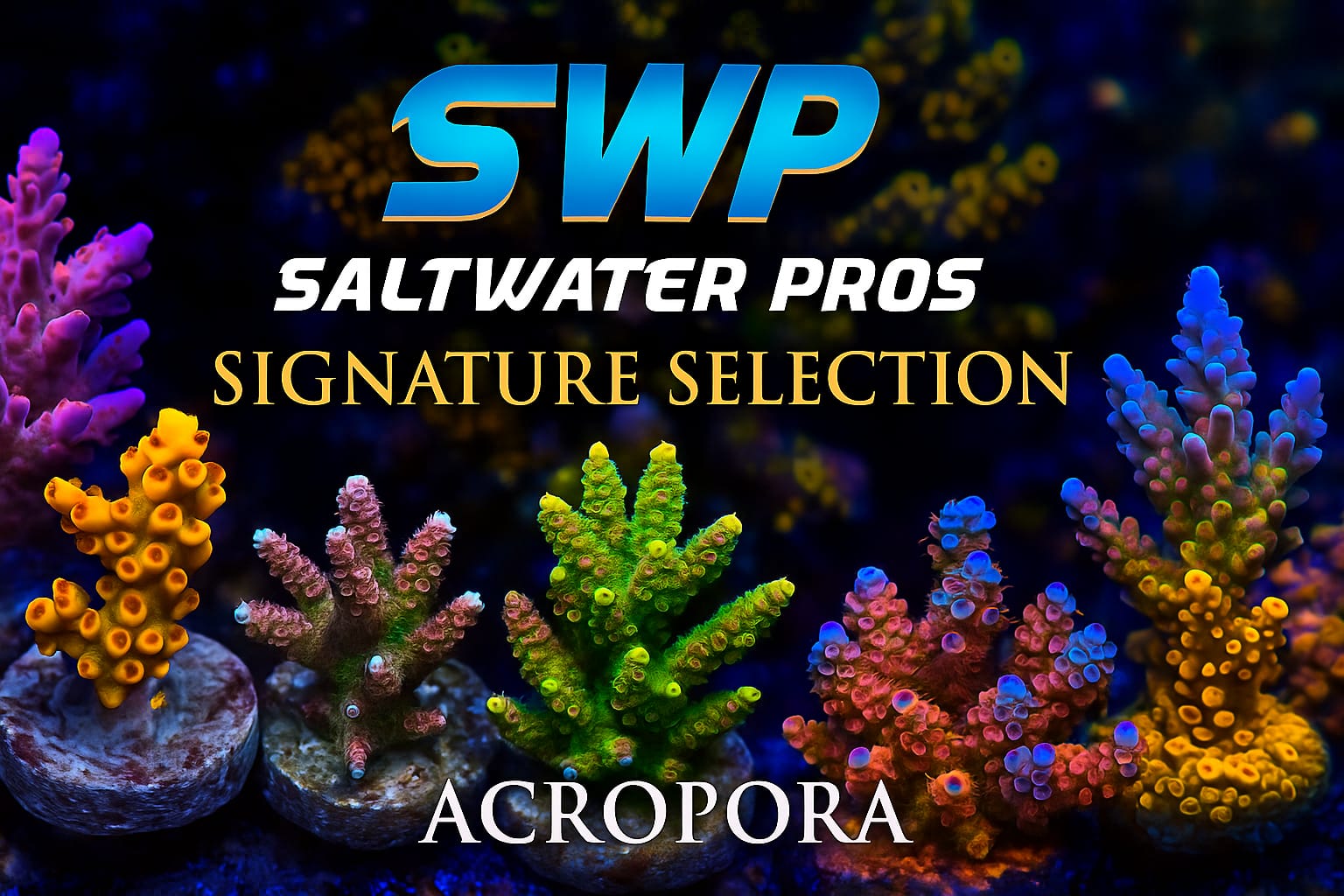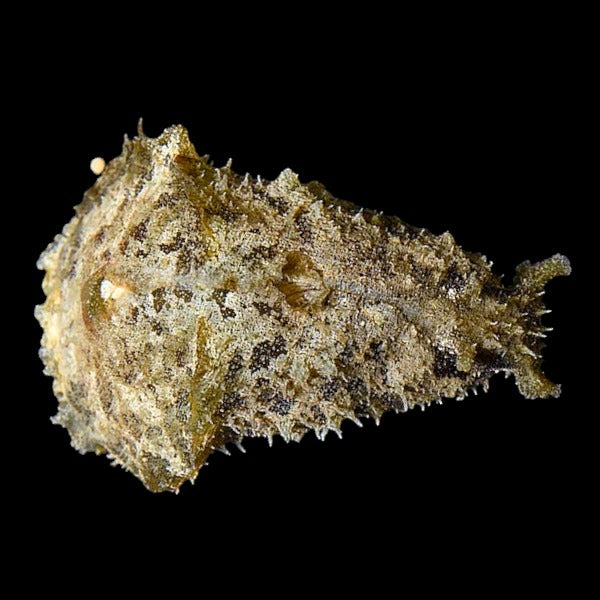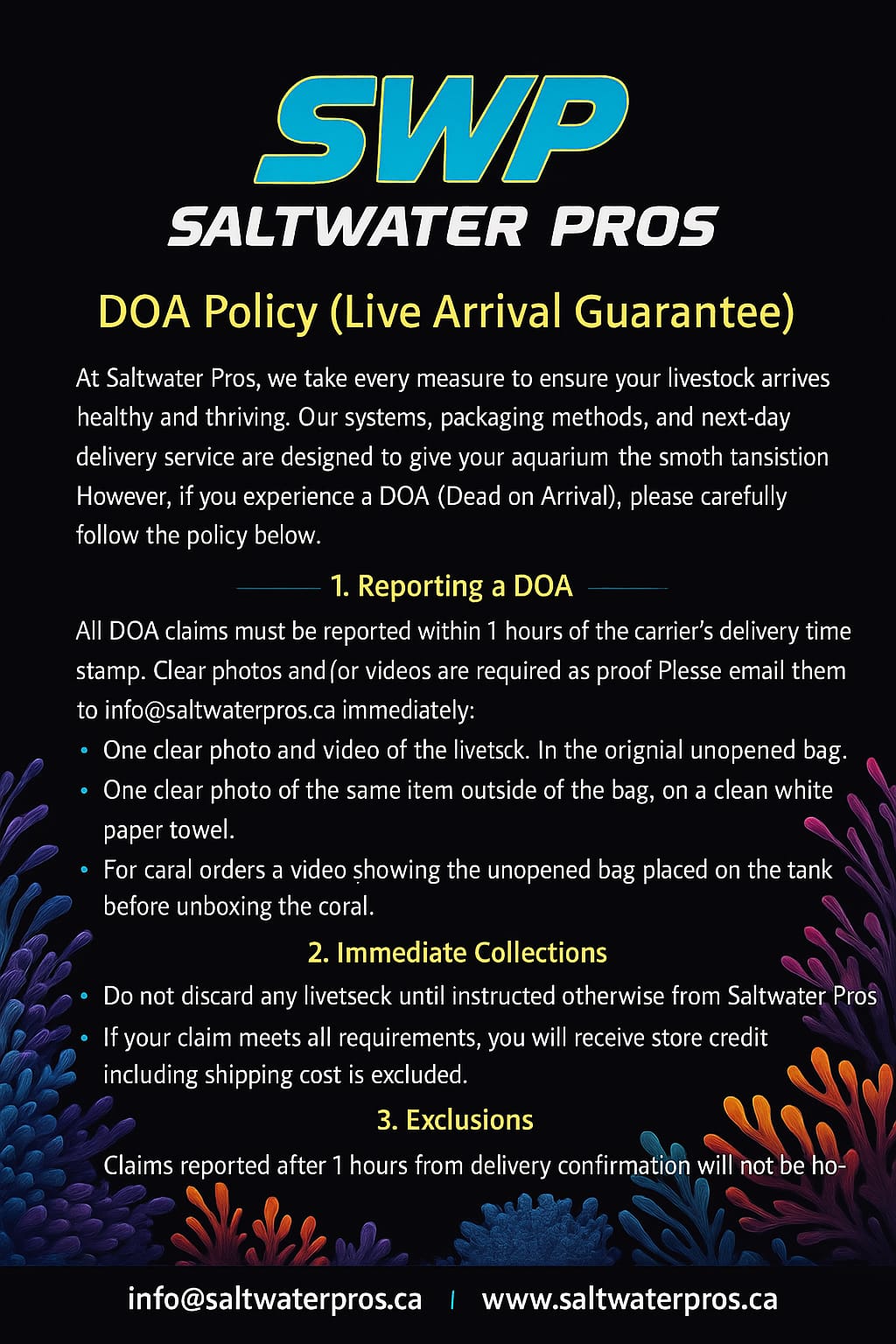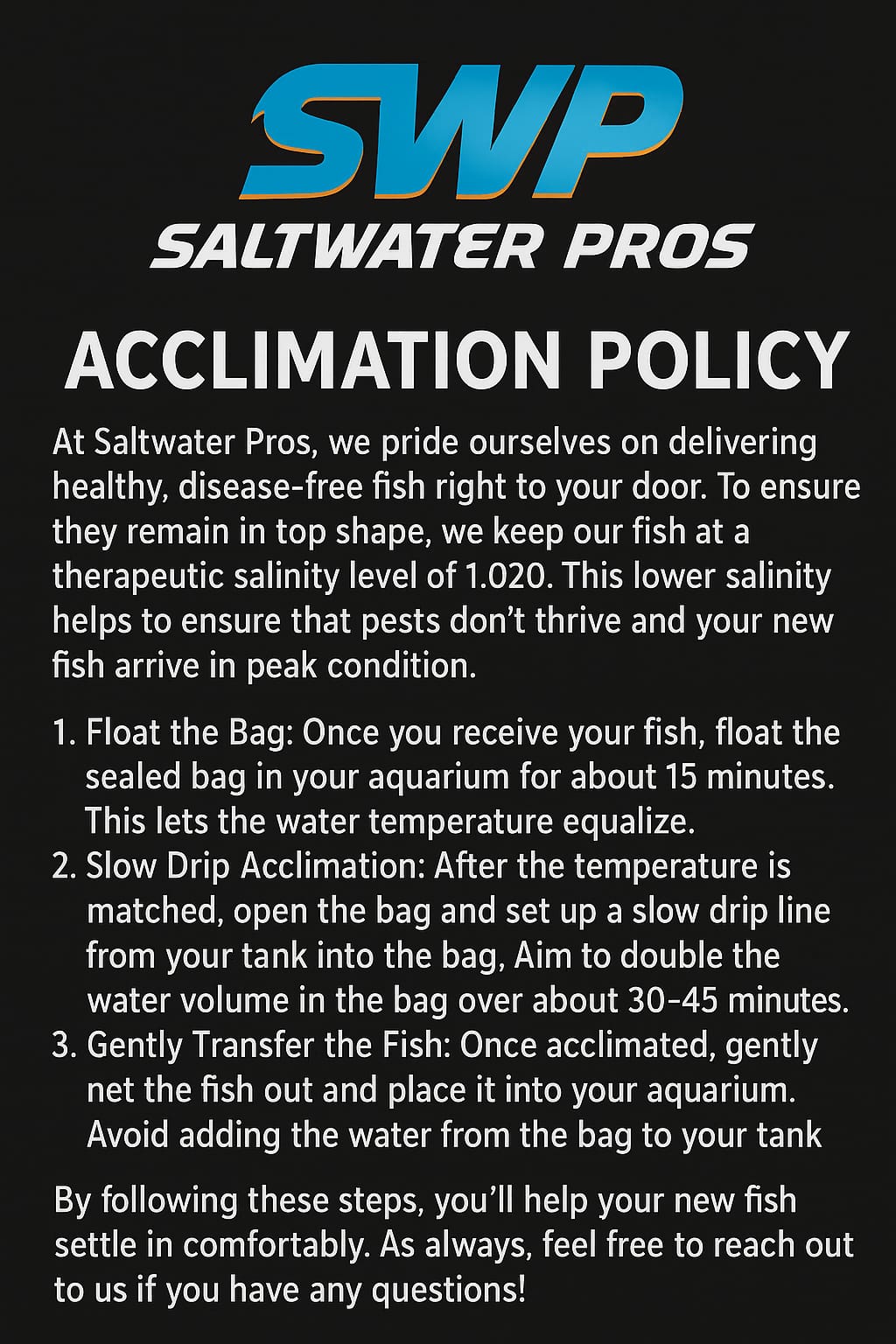Description
The Sea Hare is a fascinating marine gastropod mollusk known for its unique appearance and behaviour. Its scientific name can vary depending on the species, but the most commonly referred-to sea hare is from the genus Aplysia. Sea hares are named for their distinctive ear-like appendages, which resemble the ears of a rabbit.
Appearance:
- Coloration: Sea hares can vary significantly in colour, but they are generally found in shades of brown, purple, green, or red. Their colour can change depending on their environment, and they often have spots or patches that help them blend in with the surrounding algae and rocks. Some species also have a translucent or iridescent appearance.
- Shape: They have a soft, oval, and somewhat flattened body, often covered by a large, leaf-like mantle. This mantle can sometimes be held up, covering the body underneath, or folded, exposing the body. The tentacle-like "ears" on their head are specialized appendages known as rhinophores, which detect chemicals in the water.
- Size: Sea hares can vary in size, with some species reaching lengths of up to 12 inches (30 cm) or more, though smaller species may only grow to 2–3 inches (5–8 cm).
Habitat:
- Natural Range: Sea hares are found in shallow coastal waters worldwide, particularly in temperate and tropical regions. They are commonly found in reefs, kelp forests, and sandy or rocky bottoms. They tend to favour areas with an abundance of algae to graze on.
- Preferred Environment: Sea hares live in areas with plenty of food sources, such as algae and seaweed. They are most often seen in sheltered, coastal environments, where they can hide among rocks and crevices.
Aquarium Care:
- Tank Size: A sea hare requires a tank of at least 30 gallons, depending on the species and number of individuals. They need plenty of space to move around and feed on algae.
- Diet: Sea hares are primarily herbivores and feed on various types of algae. They are particularly fond of hair algae, macroalgae, and cyanobacteria. In aquariums, they can be provided with algae-based foods like nori (seaweed), but they thrive best on live algae.
- Substrate: They prefer a substrate that includes live rock, sand, and algae patches. This provides hiding spots and grazing opportunities.
-
Compatibility:
- Peaceful and typically non-aggressive, sea hares can be kept with other peaceful fish and invertebrates.
- However, they are not reef-safe because they may graze on some species of corals or invertebrates if insufficient algae is not available.
- Sea hares are sensitive to water quality, so stable water parameters are essential for their health.
- Reef-Safe: While not typically a threat to corals, they should be monitored in reef aquariums, as they can sometimes nibble on soft corals and small sessile invertebrates if no algae are available.
Behavior:
- Activity Level: Sea hares are generally slow-moving and nocturnal. They spend most of their time grazing on algae, slowly crawling along rocks and the substrate.
- Social Behavior: They are solitary creatures that may interact with others of their species during mating.
- Defense Mechanism: When threatened, sea hares can release a cloud of purple ink as a defence mechanism. This ink contains chemicals that deter predators. The ink is harmless to humans but can temporarily cloud the water, so it is essential to remove the sea hare if it becomes stressed.
The Sea Hare is an intriguing and beneficial addition to a marine tank, especially for those with algae overgrowth. Its playful behaviour, unique appearance, and interesting defence mechanisms make it a delightful and valuable species for aquarists who can provide the right care and environment.
- Care level: Expert
- Temperament: Peaceful
- Diet: Herbivore
- Reef Compatible: Aplysiidae









